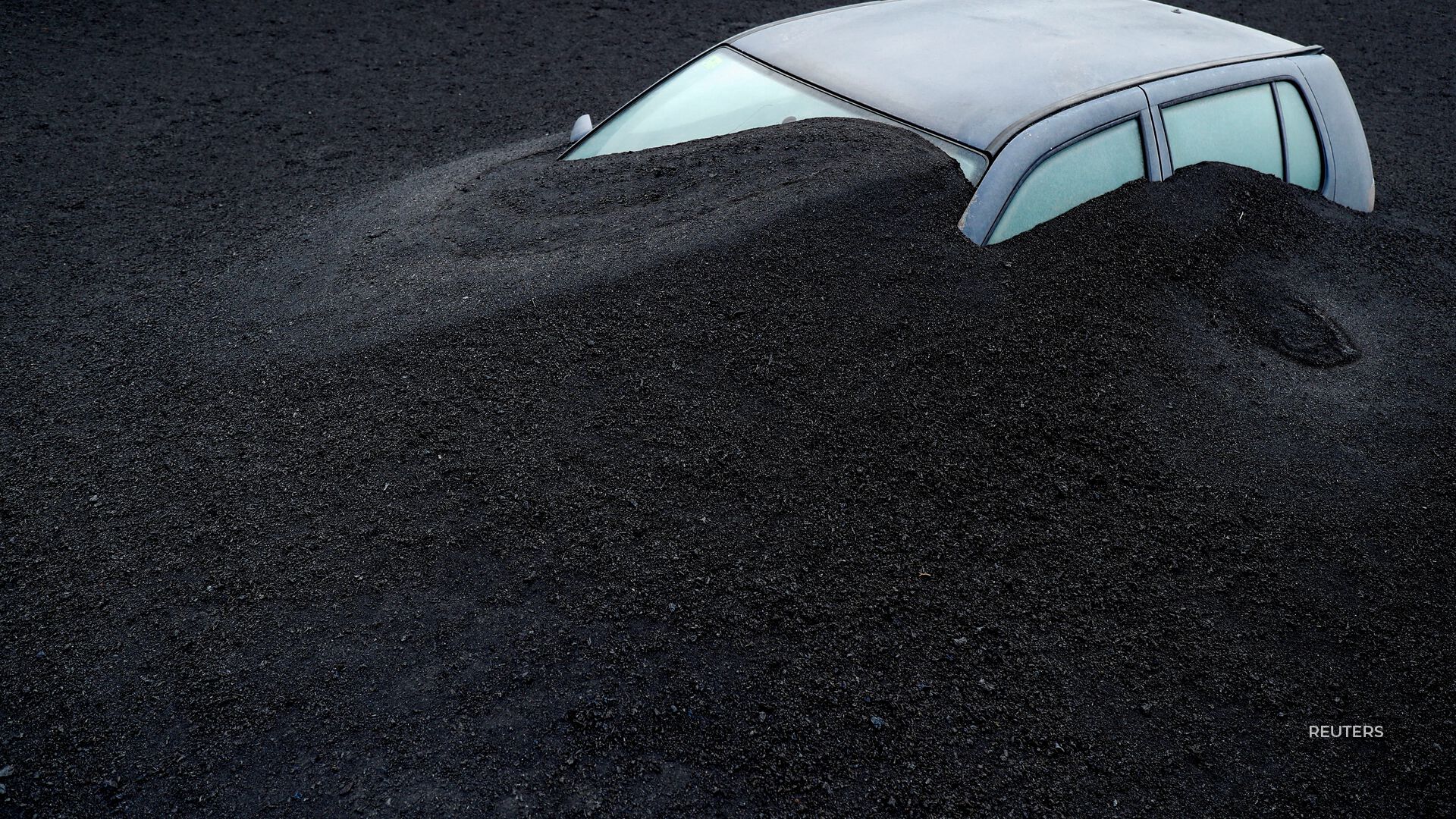Update (Jan. 21, 2022): Residents have returned to Spain’s Canary Island of La Palma for the first time in four months after a volcanic eruption forced them to flee. As shown in the video above, people are digging through volcanic ash after 3,000 buildings were destroyed by molten rock.
“This is a very big problem. People think that when they clean-up, this is over and we can now enter our homes. Look where the volcano is. When there is a storm and wind it will be blown back again. It won’t be as much as it is now, but we are going to have this stuff in our homes for years and years,” resident Isabel Fuentes said.
The La Palma authorities have warned residents to clear ash while wearing masks and protective clothing and avoid entering basements where toxic gases could still be trapped.
They have offered help to vulnerable populations and people whose homes are unstable.
Original Story (Sept. 23, 2021):A volcano on an island in Spain continued spewing lava and black smoke Thursday morning, days after its initial eruption over the weekend. The video above shows some of Thursday’s lava flow. That lava is still shooting high into the air, but slowing down as it moves down the volcano. It now covers 410 acres of La Palma island and has swallowed up around 350 homes.
According to the Canary Island Volcanology Institute, the lava, ash and smoke from the eruption was shooting up to 14,000 feet into the air. This concerned officials regarding whether the airspace above the island could remain open.
Some flights into and out of La Palma were delayed early Thursday. ENAIRE, which manages Spain’s airspace, said two areas above the affected area are being declared no-fly zones to allow emergency services to operate freely.
Even though the lava from the eruption has continued flowing for five days, the speed of the flow has decreased dramatically. The lava had slowed to 13 feet per hour after reaching a plain Wednesday. For reference, the lava was moving at 2,300 feet per hour a day after the eruption.
The Guardia Civil police force said seismic activity in the area stabilized. That activity surged before the eruption and has remained strong as the lava began to flow.
The lava’s slowing pace bought time for more residents of towns in its path to grab belongings. The police force helped escort those residents Thursday morning.
Authorities haven’t reported any casualties. Scientists were monitoring the volcano activity and had warned of a possible eruption, allowing almost 7,000 people to be evacuated in time.
The Emergency Military Unit deployed on the island said air quality readings it has taken found no threat to health.
As the lava from the eruption slowed down, it also got thicker. Authorities said it rose up to 50 feet high in some places.
Officials continued waiting to see Thursday if the lava would reach the Atlantic Ocean. Experts say If that happens, it could result in explosions, landslides and clouds of toxic gas.







